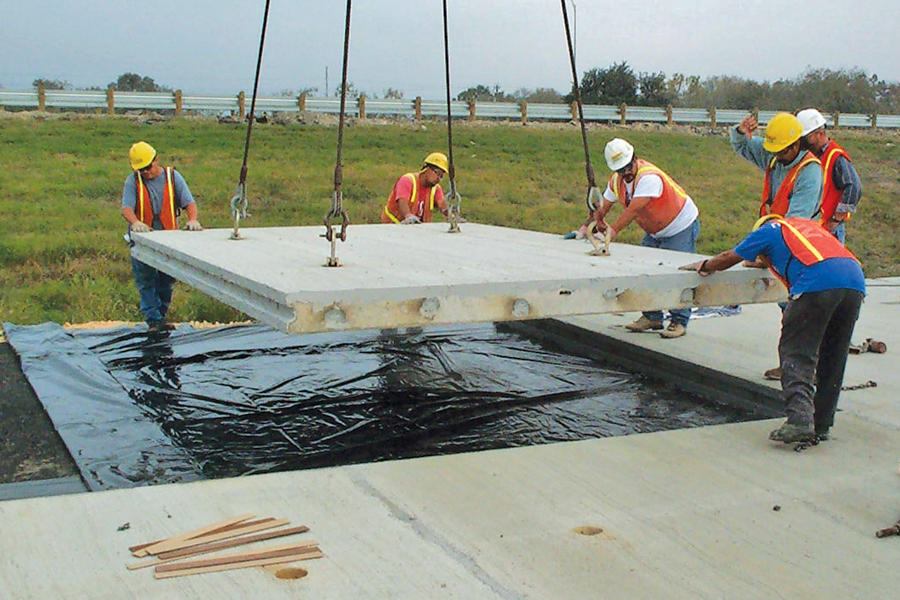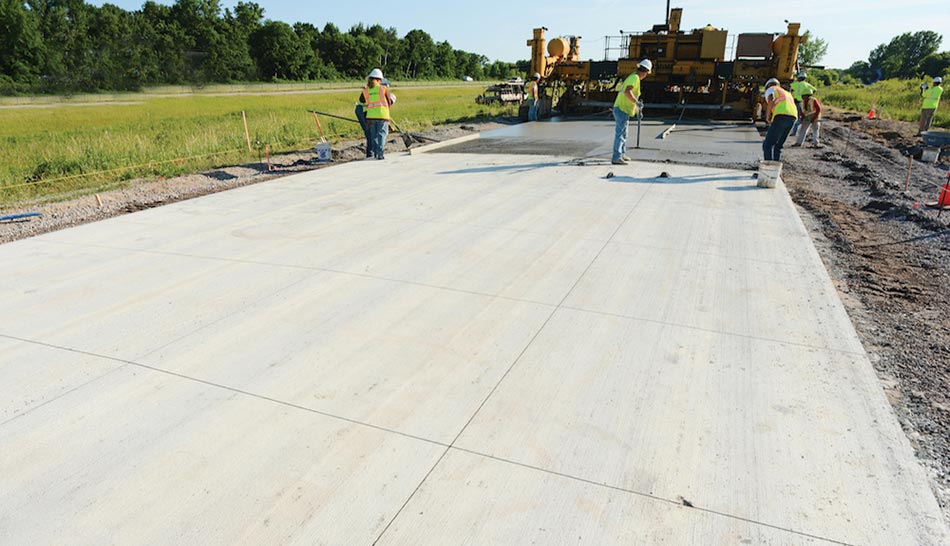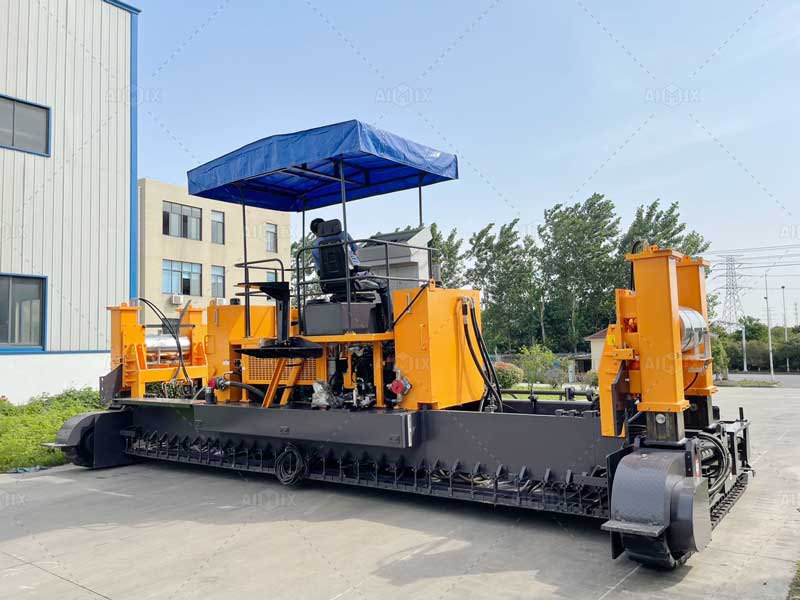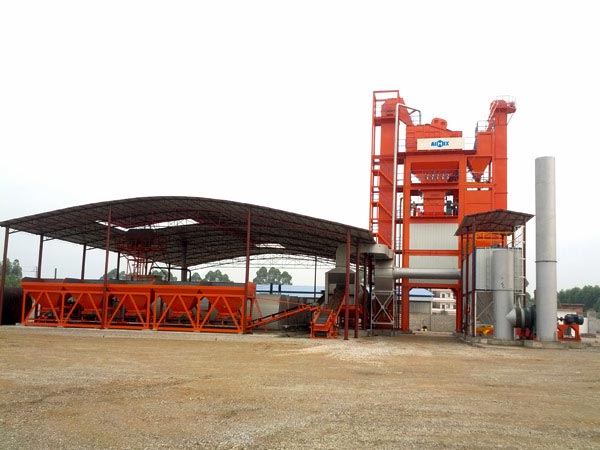In today’s fast-paced world, infrastructure development plays a vital role in ensuring efficient transportation systems. Concrete roads have long been recognized for their durability and longevity. However, the traditional construction methods can be time-consuming and resource-intensive. To address this challenge, innovative technologies and techniques have emerged that enable faster construction of concrete roads while maintaining quality and sustainability. This article explores some of these advancements that not only accelerate road construction but also contribute to safer, smoother, and more durable road networks.
Precast Concrete Panels:
One effective approach to expedite road construction is through the use of precast concrete panels. Rather than pouring concrete on-site, precast panels are manufactured off-site under controlled conditions. These panels can then be transported to the construction site and installed quickly, reducing the overall project timeline. The manufacturing process allows for high-quality production and precise customization. Additionally, precast panels offer benefits such as improved surface smoothness, reduced maintenance requirements, and enhanced durability, making them an attractive option for fast-track road projects.

Therefore, if you use this method, you need to find or invest in a precast concrete mixing plant that produces precast parts to help build the road. You can learn about precast concrete mixing plant on this page, and the page also has information about the difference between this precast concrete mixing plant and other concrete batching plants to help you better understand.
Roller-Compacted Concrete (RCC):
Roller-Compacted Concrete (RCC) is another technique gaining popularity due to its ability to expedite road construction. RCC is a dense mixture of aggregates, cement, and water, which is placed using asphalt pavers and compacted with vibratory rollers. Unlike traditional concrete, RCC does not require formwork or reinforcement, saving considerable time and resources. Its quick placement and compaction process allow for rapid road construction. Moreover, RCC offers excellent load-bearing capacity and durability, making it suitable for heavy traffic and industrial areas.

High-Early-Strength Concrete (HESC):
High-Early-Strength Concrete (HESC) is a specialized type of concrete that gains strength rapidly after placement. This characteristic enables faster construction of concrete roads as it reduces the curing time typically required for traditional concrete. HESC achieves its accelerated strength development through advanced mix designs and the use of additives or accelerators. By using HESC, road construction projects can progress swiftly without compromising durability. This technology is particularly beneficial in high-traffic areas where minimizing disruption is crucial.
3D Printing:
In recent years, 3D printing technology has revolutionized various industries, and road construction is no exception. 3D printing allows for the fabrication of intricate concrete structures with speed and precision. With this technique, roads can be built layer by layer using computer-controlled robotic systems that deposit concrete materials. By eliminating the need for traditional formwork and reducing labor-intensive processes, 3D printing significantly accelerates road construction while maintaining design flexibility. Although still in its early stages, 3D printing shows promise for constructing complex road geometries and addressing infrastructure needs rapidly.
For example, now the asphalt mixing plant equipment, in the control system has such a function, not only can save the recipe, but also print out the report to analyze, making the whole asphalt production process is very scientific, you can learn more about asphalt mixing plant from this page: https://aimixgroup.com/asphalt-mixing-plant/.
Prefabricated Modular Systems:
Using prefabricated modular systems is another approach for fast-track road construction. These systems involve manufacturing standardized road sections or modules off-site, complete with necessary components such as curbs, drainage channels, and utility conduits. Once manufactured, these modules can be transported and quickly assembled on-site, reducing the time required for traditional road construction. This method allows for efficient planning, quality control, and minimal disruption to traffic during installation.
Self-Healing Concrete:
Roads are subjected to various types of wear and tear over time, resulting in cracks and deterioration. Self-healing concrete utilizes innovative materials that can repair themselves when cracks occur, improving the durability and extending the lifespan of concrete roads. Incorporating capsules filled with healing agents or bacteria within the concrete mix allows for automatic crack repair. When cracks form, the capsules rupture, releasing the healing agents or activating the bacteria, which reacts with moisture to seal the cracks. This technology reduces the need for frequent maintenance and ensures longer-lasting concrete roads.

Automated Construction Equipment:
The advent of automated construction equipment has significantly contributed to faster road construction. Advanced machinery such as slipform pavers, concrete screeds, and finishing machines allow for precise and rapid placement of concrete on roads. These concrete paving machines are equipped with sophisticated sensors and control systems that ensure accurate alignment and smooth finishes. With improved efficiency and reduced manual labor, these automated systems enable accelerated construction while maintaining high-quality standards.
Enhanced Project Management and Collaboration:
Efficient project management and collaboration between stakeholders are vital for expediting road construction. The use of Building Information Modeling (BIM) technology enables seamless communication and coordination among architects, engineers, contractors, and suppliers. BIM facilitates real-time data exchange, 3D modeling, and clash detection, optimizing construction processes and minimizing errors. Effective project management systems, coupled with collaborative practices, help streamline workflows, reduce delays, and ensure efficient resource allocation, leading to faster completion of concrete road projects.
In conclusion, the advancement of construction technologies and techniques offers promising solutions to accelerate the building of concrete roads. From precast concrete panels to 3D printing and self-healing materials, these innovations provide opportunities for faster and more sustainable infrastructure development. By embracing these advancements and implementing efficient project management practices, we can meet the growing demand for improved transportation networks while minimizing disruption and ensuring the long-term durability and quality of concrete roads.
